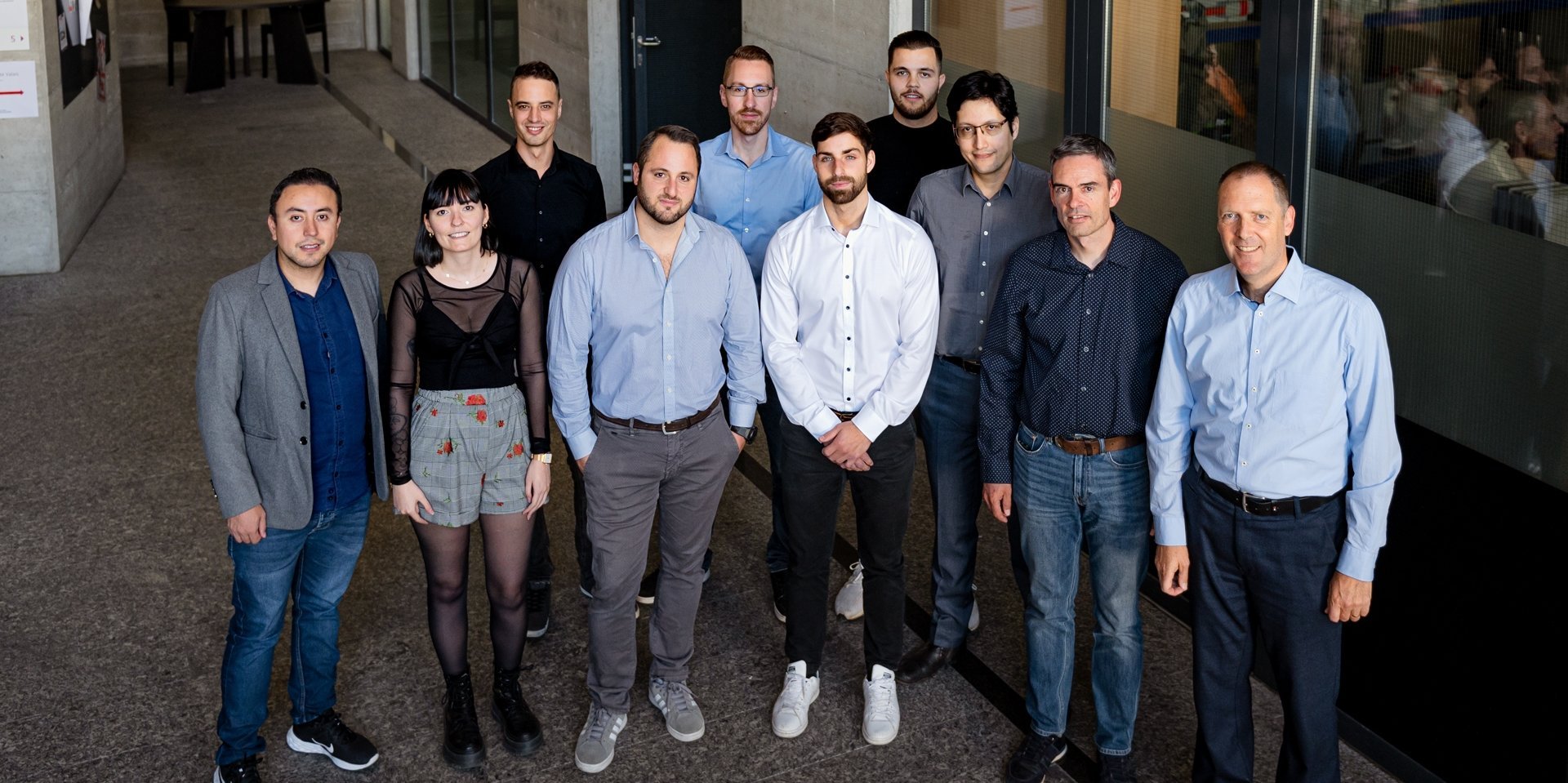PERSA (HES-SO RCSO)

The goal of the project is to study and develop a computational persuasion-based methodology for personalized eHealth interventions targeting behavioral change. The usage of persuasion technologies will be fundamental toraise the effectiveness of eHealth interventions, which can be applied in different scenarios. They can help modelling personalized motivation and self-efficacy boosting interactions, or scheduling periodic micro-interventions based on the trajectory of a patient. This methodology will rely on the exploitation of patientpersuadee models, persuasion goals and behaviors, encapsulated in a multi-agent architecture.
This project aims to study and develop a computational persuasion-basedmethodology that actually allows to influence and induce behavioral change in the context of a specific health program. Beyond theanalysis of profile trends, this project will aim at exploring different motivation, self-efficacy,and goal-setting factorsthat can help to increasethe effectiveness of health-related interventions. These persuasion techniques can differ according tothe trajectory of a patient, which characterizes previous events and interventions, andfeedback on the appropriateness of previous advice or counseling. The proposed methodology will rely on the use of multi-agent systems to act as persuasion entities, managing patient knowledge, goals, expectations, motivations,and feedback, to establish strategies that aim at maximizing the impact of the eHealth support activities.The methodology should also allow definingmetrics that will be used to evaluate the persuasionprocess, according to expected outcomes and goals. The project defines the following specific objectives:O1:Study the state-of-the-art and current limitations and challenges of computational persuasion for behavior change in e-Health personalized applications. O2:Develop a methodology for modelingcomputational persuasion agentsso that they can be used to guide personalized behavioral changewith explicable outcomes. O3:Implement aprototype of a multi-agentarchitecture for computational persuasion, integrating the provision of personalized interventionsthrough conversational technologies. O4:Deploy the prototype and apply the methodology in two different use cases requiringpersonalized interventions according to trajectory analysis. One use case will be focused on physical therapy and the other onbehavior change. O5:Evaluate the technical prototype developed in the project, and the methodology proposed, with the use cases as validation scenarios.O6:Document the results, including the technologies developed, andthe scientific contributions to the state of the art.
